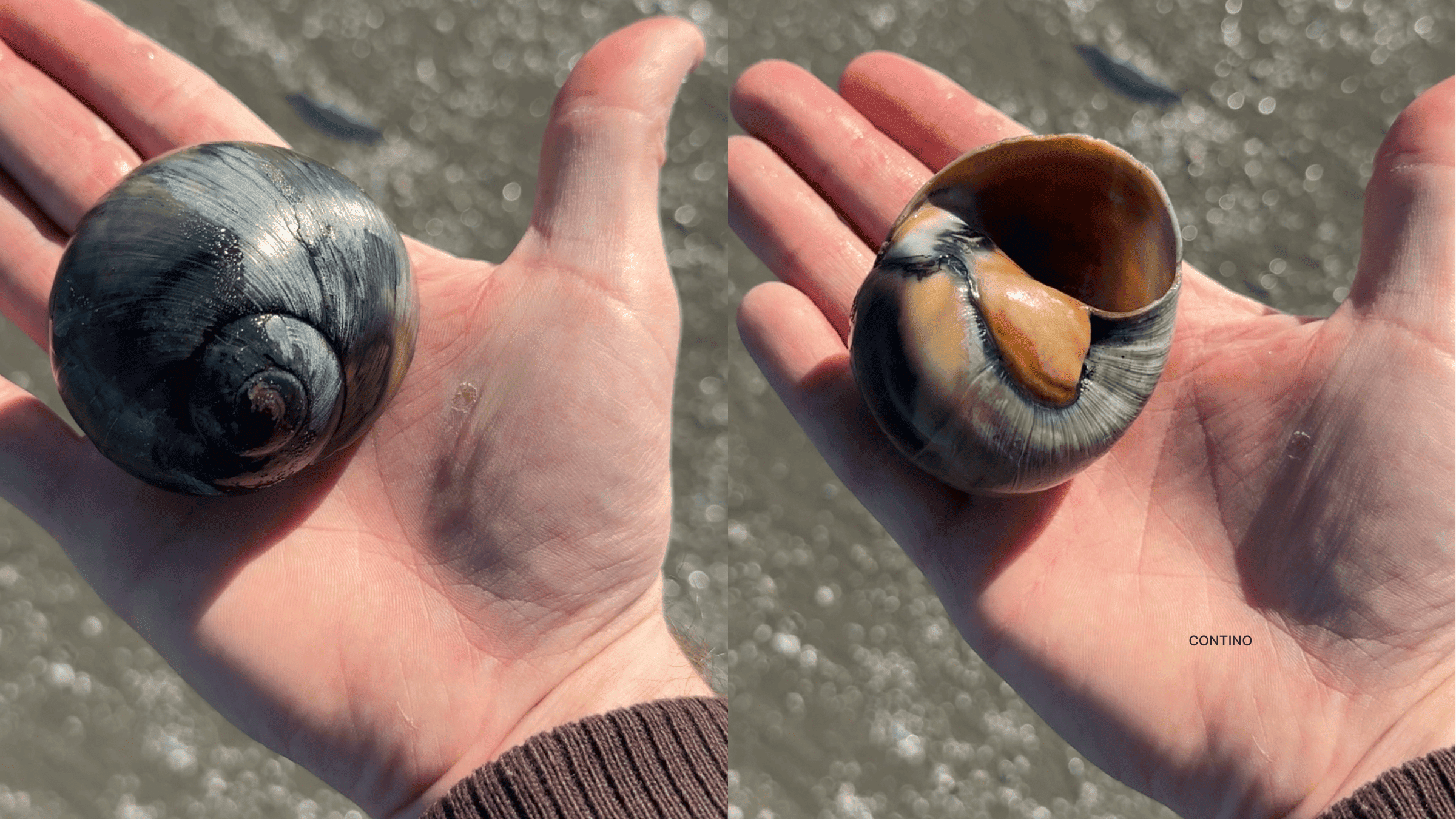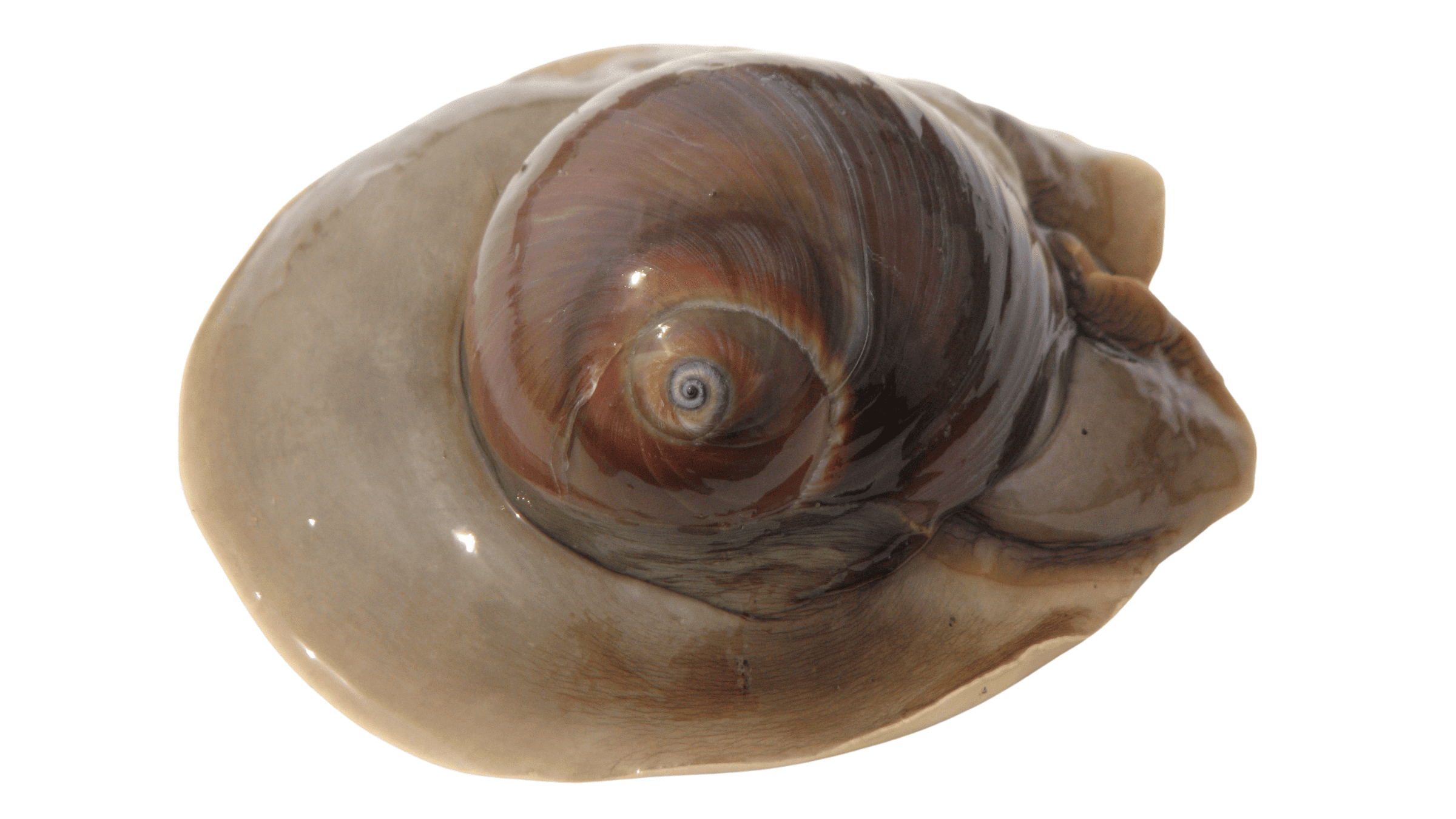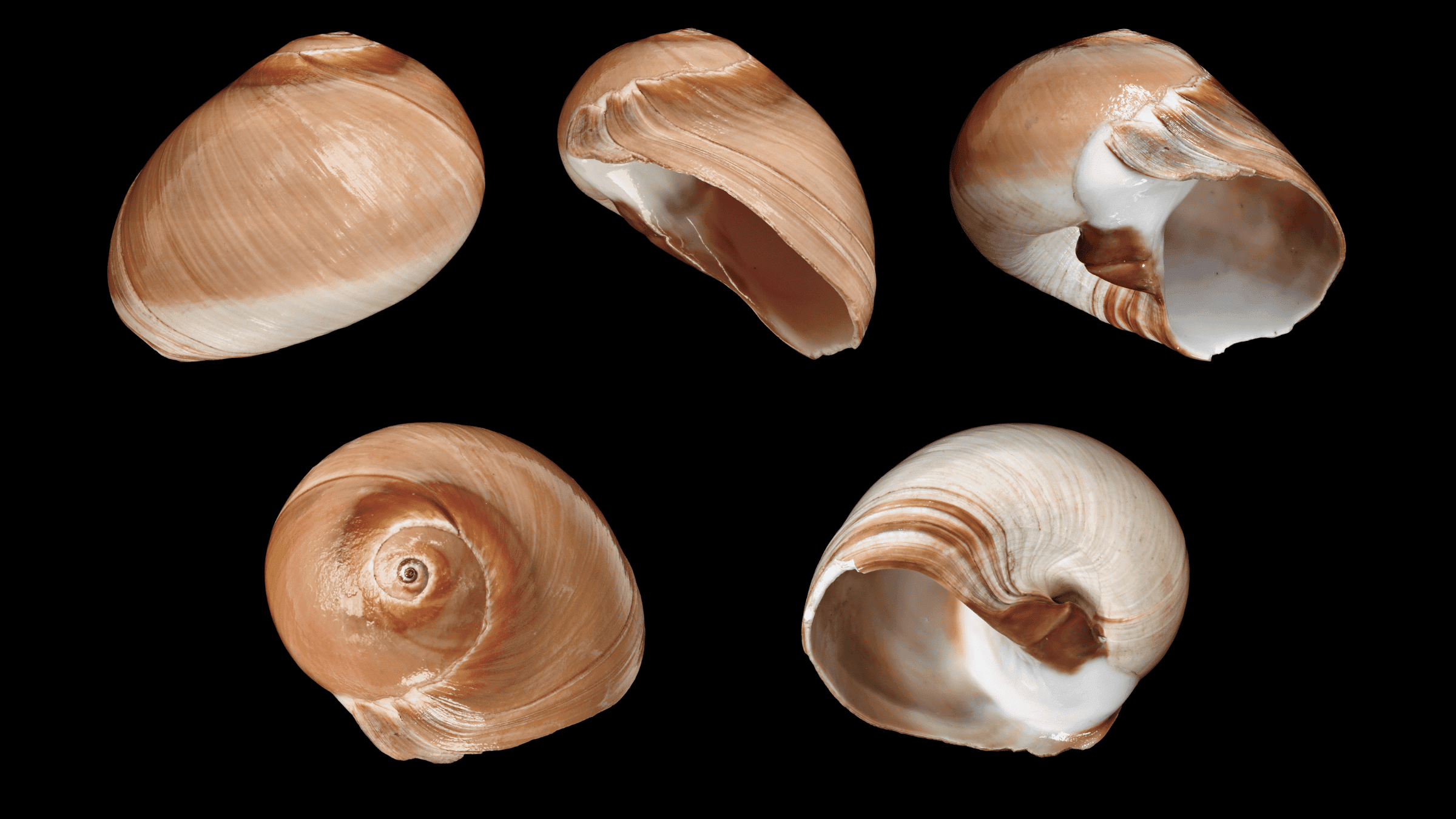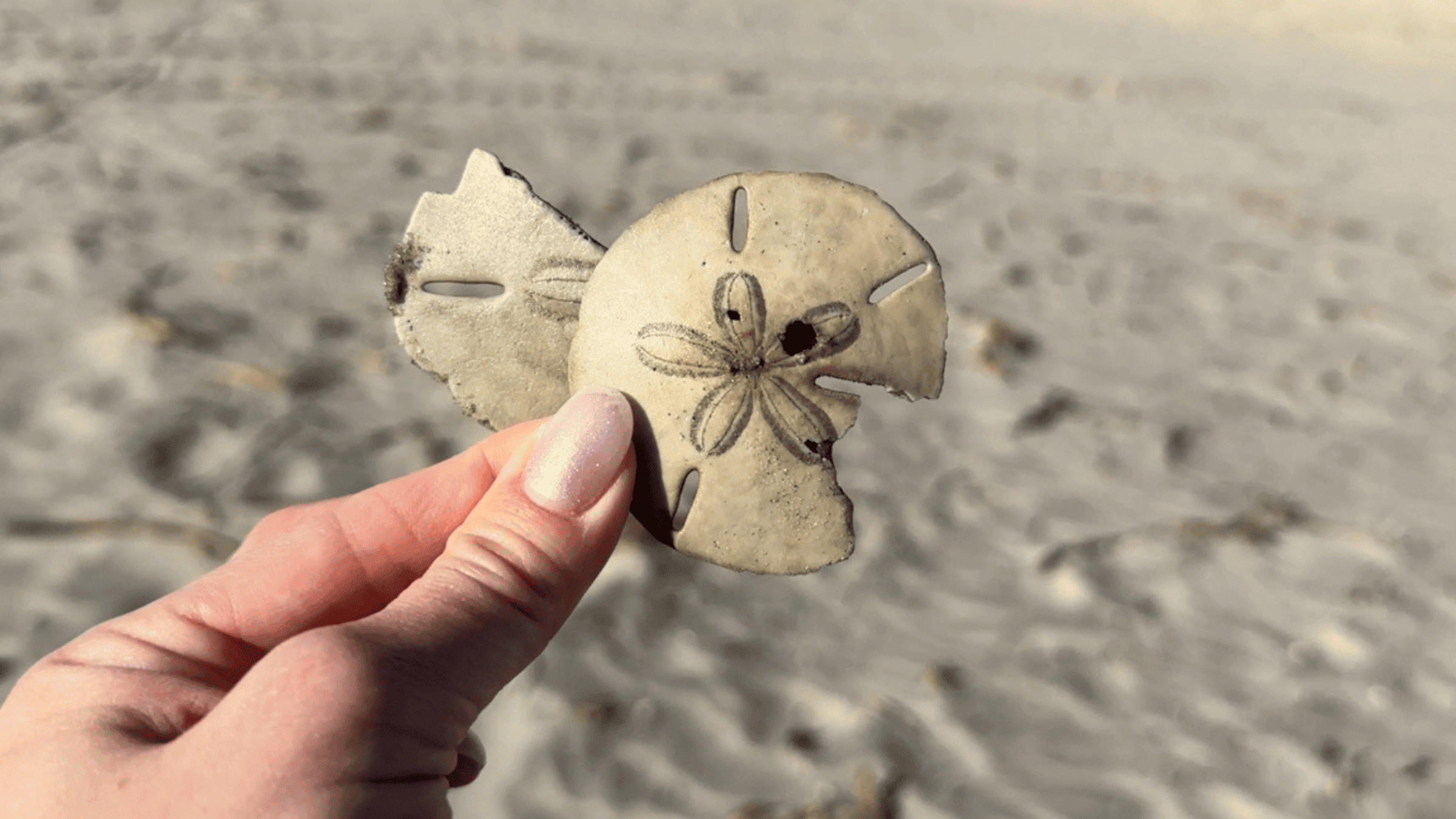Moon Snails Shells on the Wildwood Beach!
Living at the Jersey Shore blesses us with ample time to wander the beaches during the off-season. With long strolls along the coastline being a regular affair at the Wildwood Video Archive, we often stumble upon fascinating marine life that washes ashore.
While sand dollars and clam shells are familiar finds, our recent discovery surpassed our expectations in size and allure.

Moon Snails Shells on the Wildwood Beach!
To be precise, we ambled along the North Wildwood beach near 16th Street and were drawn to an unusually large shell protruding from the sand. Capturing our find on film, we nonchalantly shared it online, unaware of the storm of inquiries that awaited us in the Wildwood Boardwalk inbox.
Enter the star of the show: the Moon Snail.

These enchanting snails are oceanic globetrotters, gracing a myriad of coastal and offshore environments around the world.
Smooth, glossy, and typically spherical, Moon Snail shells exhibit a chromatic spectrum from pale whites and creams to tones of pink, brown, or lavender. The shell’s allure only deepens as you delve into the carnivorous tendencies of Moon Snails, who predominantly feast on bivalve mollusks like clams and mussels.

From sandy shores to rocky intertidal zones, Moon Snails are versatile in their habitats, often burrowing in sediment as they embark on their prey-hunting missions.

While Moon Snails may not enjoy the same level of fame as some marine counterparts, their shells, with their unique aesthetics, are treasures sought after by beachcombers and shell enthusiasts.
These shells serve a dual purpose, acting not only as protective abodes for the snails but also as time capsules, revealing growth rings that provide insights into the snail’s age and developmental stages. The likelihood is that the shell we stumbled upon belonged to a Moon Snail aged two or more years.

Also See: NEW – The Residences at Pacific
So, the next time you embark on a leisurely stroll along the beach, keep a keen eye out for these celestial wonders–Moon Snails might just grace your path with their mysterious allure.
